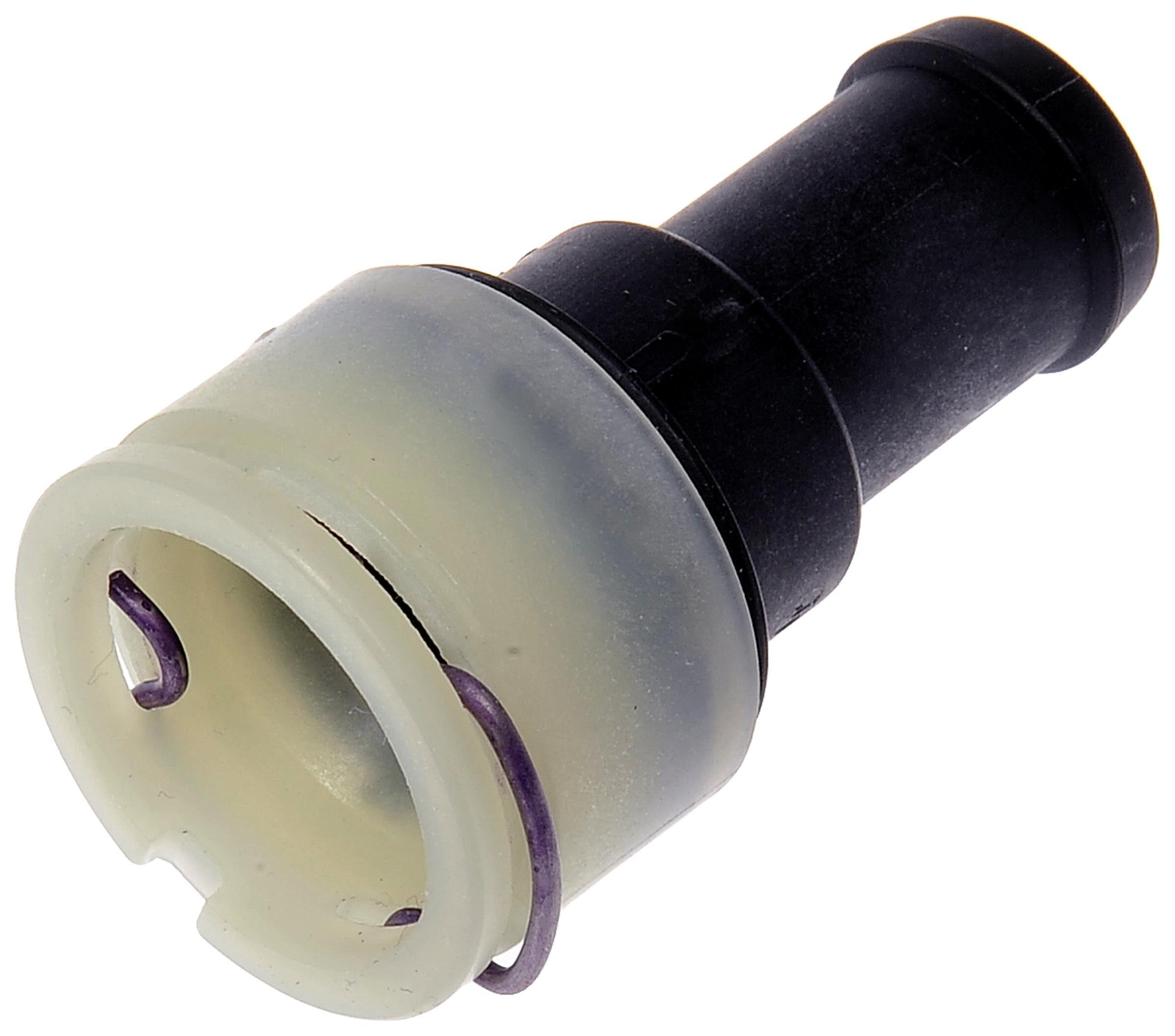
Flare fittings are the best connections for hoses handling high pressures.
#HOSE CONNECTOR INSTALL#
Special flaring tools are used to install the hose to fit inside the flared end, providing a deep seal. Compression fittings are commonly used for tubing and piping applications, but can be designed to connect two hose sections or to connect a hose to a tube.įlare fittings are a type of compression fitting consisting of a body with a tapered (flared) or coned end. This video provides an introduction to cam-lock fittings:Ĭrimp fittings involve placing hose over a tubular end and crimping against it with a sleeve or crimp socket. These fittings typically require crimping tools to make the connections.Ĭompression fittings are designed to mate two hoses together by compressing the hose using a compression nut and ferrule. They are used in many heavy-duty hose applications such as fire hose and sludge/sewage pumping. Image Credit: Clippard Instrument Laboratory, Inc.Ĭam-lock fittings are connected using tabs which fold down after insertion into the receiver to lock the fitting in place. They are best suited for low pressure applications, since they do not provide a strong seal. Image Credit: MISUMI USA | Staubli Corporationīarbed fittings connect hoses via a barbed tube with a tapered stub and ridges inserted into the hose. Some ball and sleeve fittings function as push-to-connect fittings which are convenient for applications requiring frequent disconnection and reconnection of the hose section. The sleeve retracts to connect and disconnect the two ends of the fitting. Hose fittings are distinguished based on their connection type and function it performs.įittings are attached to tubes via a number of different connection methods, each with its own conveniences and advantages.īall and sleeve fittings connect an outer sleeve to an inner (ball) fitting. Pneumatic fittings must have very tight seals to prevent gas leakage and must be resistant to chemical corrosion.

Pneumatic applications involve the transfer of gases. Hydraulic fittings must have seals which prevent the leakage of liquid and often must be resistant to rust or other types of chemical corrosion. Hydraulic applications involve the transfer of liquid fluids such as water and other chemical solvents. Defining this system is the first step to determining the appropriate fittings for the application. In general, however, hose fittings correspond to either hydraulic or pneumatic systems. Tubing and piping typically have separate fittings which are applied at the time of use or construction.įitting construction and material specifications are application-dependent consulting the fitting supplier is typically a wise route for optimizing component selection. In addition, the ends of a hose length typically have integral (attached, mostly permanent) connectors and fitting ends. "Hose" however, is typically more flexible and portable than piping or tubing, and is made up of multiple layers of different materials depending on the application and transported media. In industry, "tube" and "pipe" are nearly interchangeable terms describing rigid hollow cylinders composed primarily of one solid material throughout. To begin, it may be important to distinguish some terminology. Systems are typically configured with straight sections connected by fittings or specially formed connections and joints.

Hose fittings connect runs of hose to other hose sections, equipment, or other components.


 0 kommentar(er)
0 kommentar(er)
